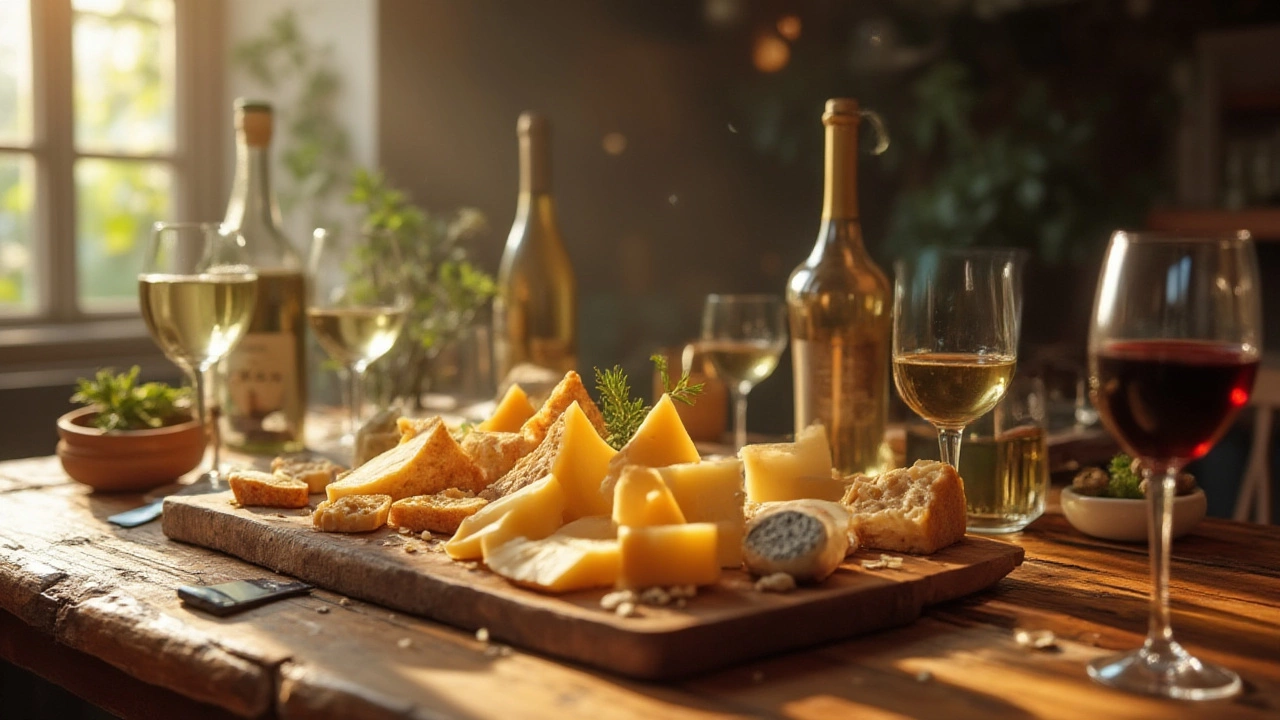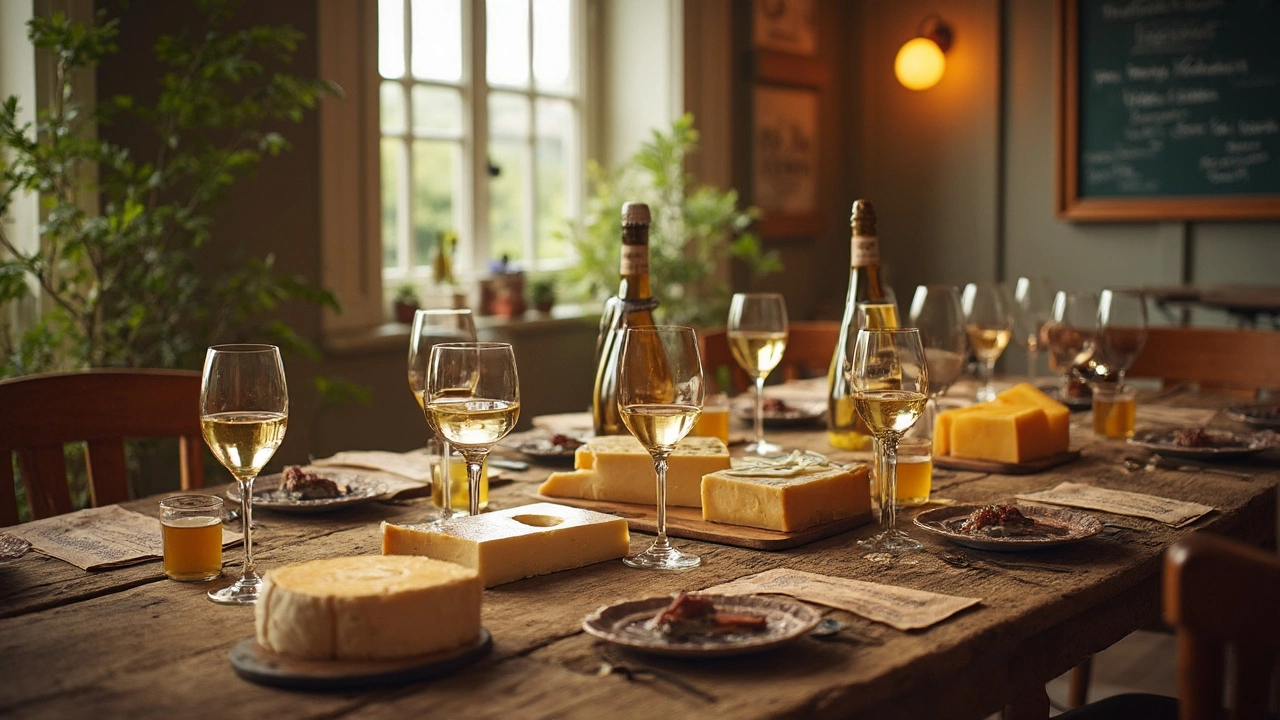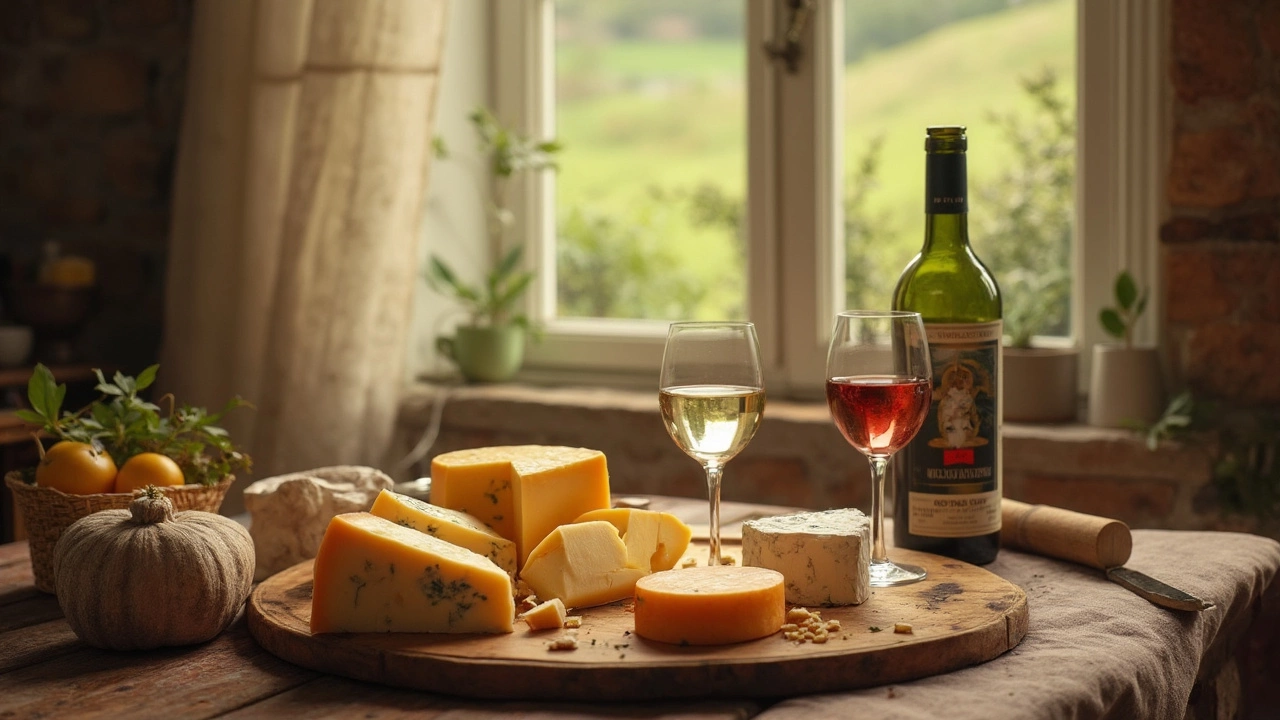White Wine Guide: Types, Pairings, and Tasting Tips
White wine can feel a bit mysterious if you’re just starting out, but it doesn’t have to be. Grab a glass, set a few simple rules, and you’ll be picking, sipping, and pairing like a pro in no time.
Popular White Wine Varieties
First, know the basics. The most common grapes are Chardonnay, Sauvignon Blanc, Riesling, and Pinot Grigio. Chardonnay ranges from buttery and oak‑aged to crisp and mineral, depending on where it’s grown and how it’s made. Sauvignon Blanc is bright, herbaceous, and often has citrus or green‑apple notes – perfect for hot days. Riesling can be bone‑dry or sweet, with high acidity that makes it a match for spicy food. Pinot Grigio (or Pinot Gris) is light, easy‑drinking, and usually carries subtle pear or melon flavors.
If you’re feeling adventurous, try a lesser‑known white like Albariño from Spain, which bursts with stone‑fruit and salinity, or a Greek Assyrtiko that’s sharp and mineral‑focused. These bottles can surprise you and add variety to your wine cabinet without breaking the bank.
Food Pairings and Serving Tips
Pairing white wine isn’t rocket science – match the intensity of the wine with the food. Light, crisp whites (think Pinot Grigio or an unoaked Sauvignon Blanc) go great with salads, seafood, and light chicken dishes. Fuller‑bodied wines (like oak‑aged Chardonnay) hold up against richer foods such as buttery sauces, creamy pastas, and grilled chicken.
Riesling shines with spicy Asian cuisine or pork with a sweet glaze because its natural acidity and touch of sweetness balance heat and richness. As a rule of thumb, keep the wine colder than you would a red – around 45‑50°F (7‑10°C) – but not freezer‑cold, or you’ll mute the flavors.
When you pour, let the wine sit in the glass for about 30 seconds. This gives it a chance to open up and release aromatics. Swirl gently, take a quick sniff, and then take a sip. You’ll notice how the texture changes as the wine meets the air.
Got leftovers? White wine can rescue a tired dish. A splash of a dry Sauvignon Blanc can brighten a dull sauce, while a splash of Riesling can add a pleasant sweetness to a stir‑fry.
Now you have the basics: know the main types, match the weight of the wine to your food, and serve it at the right temperature. Pick a bottle you haven’t tried before, follow these tips, and you’ll quickly feel more confident about white wine. Cheers to simple, enjoyable sipping!
Explore the tasty world of cheese and wine pairing. Learn if cheese goes best with white or red wine, why, and how to make every sip and bite unforgettable.
View DetailsPairing white wine with cheese isn't as tricky as it seems—some combos just make sense. This article breaks down which white wines actually work best with popular cheeses, from sharp cheddar to creamy brie. You'll find no-nonsense tips, a few surprises, and clear matches that even beginners can follow. Expect useful facts and ideas to help plan your next cheese board. Say goodbye to guesswork and impress your friends with smart pairings.
View DetailsEver found yourself staring at a cheese board and wondering which wine goes best with it? This article uncovers the real logic behind pairing red or white wine with different cheeses, with practical tips and surprising truths you probably haven’t heard. We break down which wine to grab for your favorite cheese and why old-school rules sometimes flop. You’ll also pick up easy tricks to make even last-minute pairings taste impressive. Expect tips you’ll actually use next time you break out the wine and cheese.
View DetailsConfused about pairing white wine with cheese? You're not alone. This article breaks down which white wines go best with different cheeses, sharing practical advice and fun facts along the way. From crowd-pleasers to hidden gems, you’ll learn what actually tastes good together. Uncork the truth about wine and cheese without all the pretentious jargon.
View DetailsPairing wine with cheese can seem daunting, but it doesn't have to be. Whether you go for a crisp white wine or a bold red, understanding the basics can enhance your tasting experience. This article explores the nuances of choosing the right wine for your cheese board, offering practical tips and insights into classic pairings. Discover why certain cheeses complement certain wines and how you can experiment to find your perfect match.
View DetailsChoosing your first wine can feel overwhelming with so many options out there. This guide offers practical tips to simplify your choice, considering flavor profiles and food pairings. Learn about popular wine types and what makes them unique. Explore tips to enhance your tasting experience. Embrace your own preferences as you embark on your wine journey.
View DetailsChoosing the right wine to go with cheese can greatly enhance the dining experience. While red wines often pair well with stronger cheeses, white wines can highlight the flavors of softer options. This article explores different pairings, providing tips and interesting facts to make your next gathering a hit.
View Details







